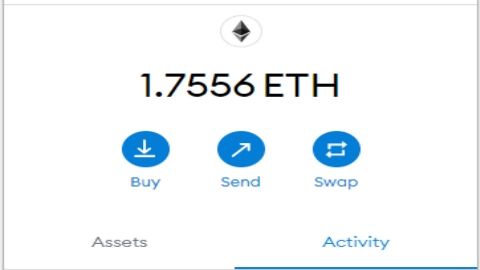The Russian Presidency has shown this Friday its willingness to send a high-level delegation to the Belarusian capital, Minsk, to hold talks with Ukraine, one day after the start of a military offensive against the neighboring country. The president of Ukraine, Volodimir Zelensky, has offered his Russian counterpart, Vladimir Putin, to start a dialogue process “to stop the death of people” after the military offensive launched on Thursday on Ukrainian territory.
Commodity prices remain in the red, with natural gas futures down 2.3% to $4.53. Oil fell, with West Texas Intermediate, the US benchmark, trading at $91.88 a barrel, while Brent crude fell 2.58% to $94.12 after breaking above $100 on Thursday.
For their part, the European stock markets are trading higher after the corrections this Thursday. The Italian FTSE Mib rose 3.25%, the Ibex 35 3.06%, the London FTSE 100 3.36%, the Euro Stoxx 50 2.87%, the French Cac 40 2 .87% and the Dax 2.78%.
Government bond yields are trading mixed, with long-term debt down and shorter maturities rising. The benchmark 10-year Treasury bond has recently lost 1.96%, down 1.2 basis points in the session. A basis point is 0.01%. Yields move in the opposite direction to prices.
The market fell sharply yesterday following Moscow’s invasion of neighboring Ukraine early Thursday local time using ground, air and naval forces. The S&P 500 fell as much as 2.6% during the session, but closed up 1.5% despite the outbreak of violence.
The Dow Jones finished the day with a gain of about 90 points, after losing 859 points in its low of the session. The tech-heavy Nasdaq Composite rose 3.3% in a surprising rally after falling nearly 3.5% to the day’s lowest.
“Russia’s invasion of Ukraine has added to an already tense year, with investors selling first and asking questions later,” said LPL Financial chief market strategist Ryan Detrick. “But it’s important to know that the big geopolitical events of the past were often short-term market problems, especially if the economy was on solid footing.”.
President Joe Biden on Thursday afternoon launched a new wave of sanctions against Russia in a broad effort to isolate Moscow from the world economy. The White House has also authorized the deployment of additional troops to Germany as NATO allies seek to bolster defenses in Europe, Biden said.
Despite Thursday’s wild intraday reversal, the major averages are on track for their third consecutive negative week amid escalating geopolitical tensions and concerns over monetary policy. The Dow has lost 2.5% this week, its worst weekly result since January 21. The S&P 500 and the Nasdaq are down 1.5% and 0.6% this week, respectively.
All three indices remain in correction territory, meaning they are down 10% or more from their respective all-time highs. The Nasdaq opened Thursday’s session in bear market territory, down more than 20% from its all-time high in November.
“Although there may be some additional short-term volatility, these dislocation events historically present opportunities, provided a recession does not occur,” said Cliff Hodge, CIO of Cornerstone Wealth. “Rising energy prices will also support sticky inflation which may keep pressure on the Fed to stay the course.”
Shares of Beyond Meat slumped more than 10% in pre-opening after the alternative meat maker reported a larger-than-expected loss and declining revenue in its fourth quarter. At the opening they leave 14.62% to 41,775 dollars.
Cryptocurrencies rise this Friday after yesterday’s strong sell-off that saw some $150 billion removed from the market after Russia invaded Ukraine. Bitcoin is trading up 7.47% at $38,438.70. The world’s largest cryptocurrency has surged past $39,000 in the past 24 hours despite falling to $34,338.57 on Thursday triggered by the Russian invasion of Ukraine that also saw global stocks fall sharply.
